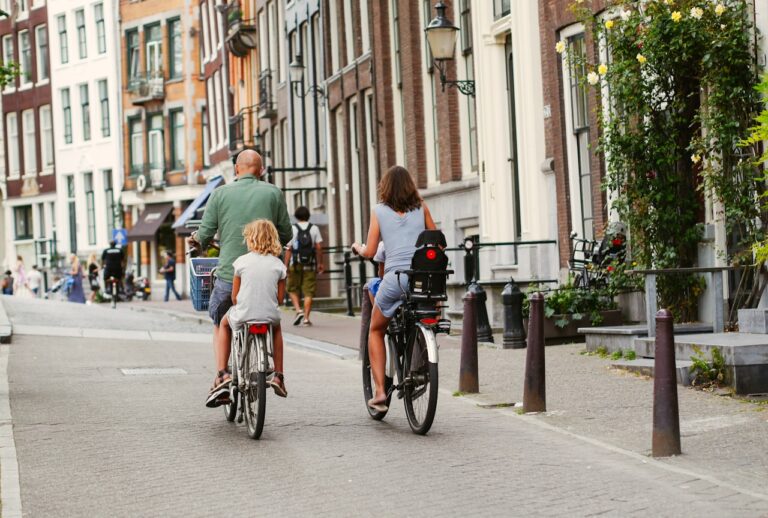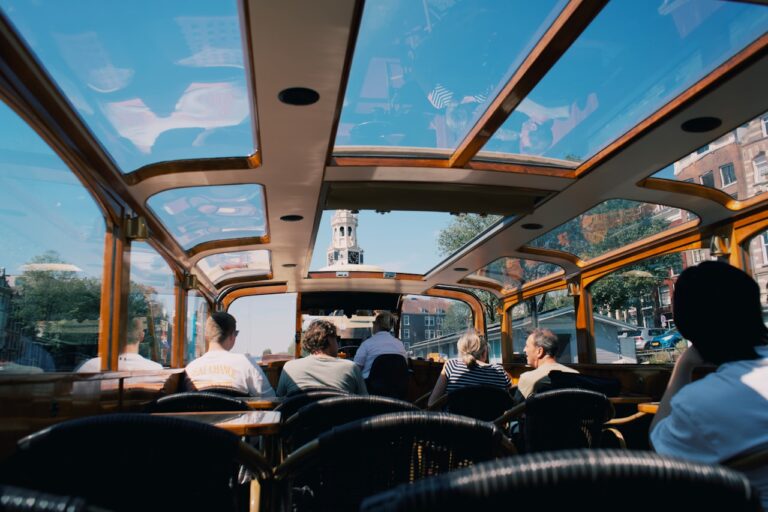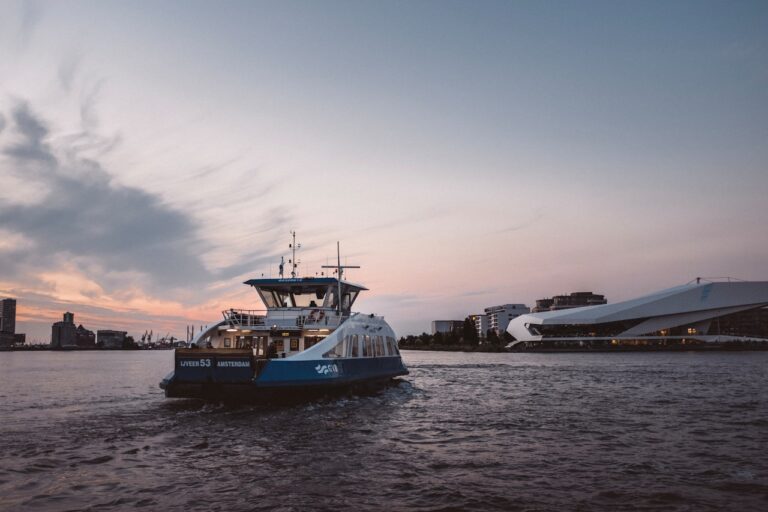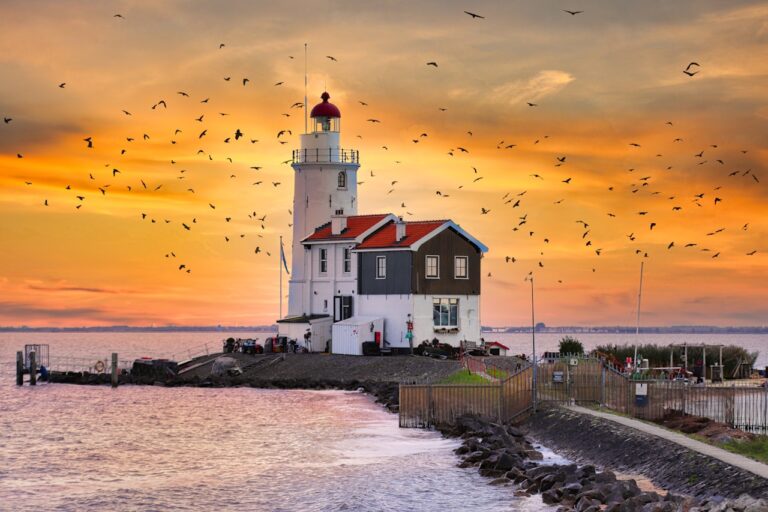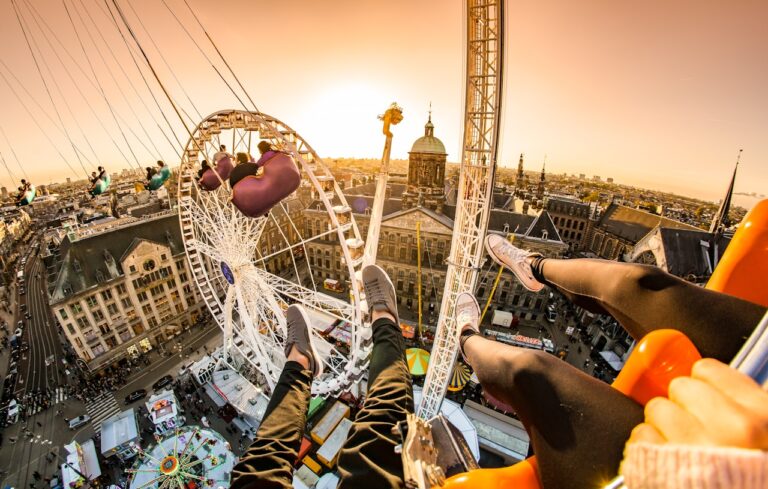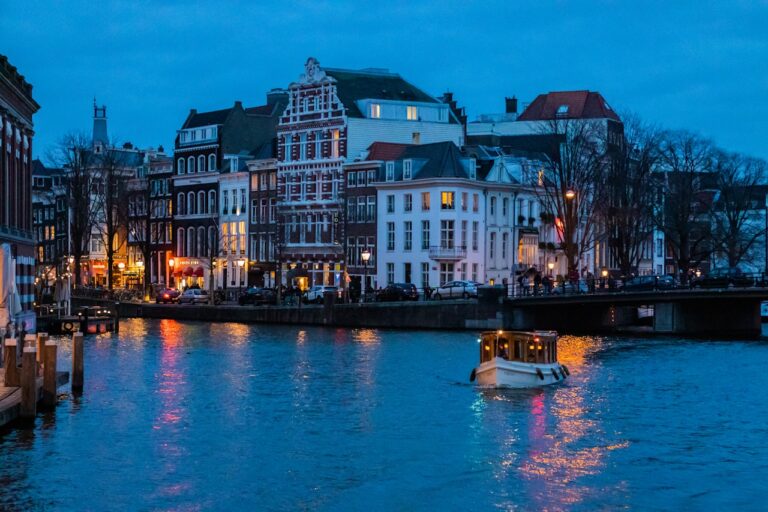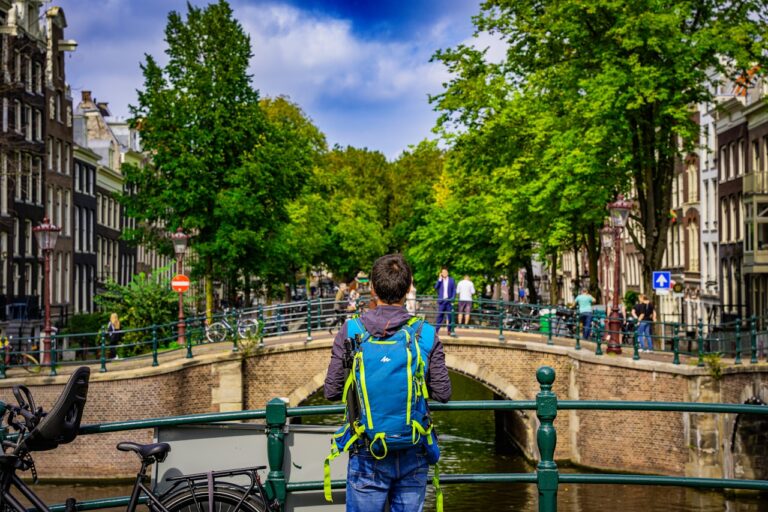
Amsterdam
Amsterdam, Netherlands is organized around a concentric canal structure, with each ring expanding outward from the historic city center. You can access major districts—including Jordaan, De Pijp, and Amsterdam-Zuid—within 15 to 25 minutes via tram, metro, or cycling.
Public transportation is managed by GVB and operates on a contactless card system. Bike rentals are widely available, but you should observe traffic regulations closely, particularly at intersections and shared lanes.
Top Attractions in Amsterdam and Points of Interest
You can explore the city’s heritage through its globally recognized museums and cultural landmarks. The Rijksmuseum houses over 8,000 works of art, including paintings by Rembrandt and Vermeer.
The Van Gogh Museum receives approximately 2.1 million visitors annually (Van Gogh Museum, 2023). For a historical perspective, the Anne Frank House provides access to preserved wartime diaries and living quarters. Entry to all major museums should be booked online at least three days in advance.
Dining and Culinary Experiences in Amsterdam
Amsterdam offers a mix of traditional Dutch cuisine and international dining. You will find herring stands throughout the city, especially in Centrum and Oud-West. For a local breakfast, order a uitsmijter (fried eggs with bread and ham).
Michelin-rated establishments such as De Kas and Vinkeles provide upscale options. If you prefer affordable meals, food halls like De Foodhallen offer multiple vendors under one roof with prices between €6 and €15 per item.
Shopping and Markets in Amsterdam
Retail experiences in Amsterdam vary by neighborhood. The Nine Streets (De Negen Straatjes) area is suited for boutique shopping and local design. Kalverstraat and Leidsestraat offer mid-range international brands.
Weekly markets like Albert Cuypmarkt and Noordermarkt feature antiques, local produce, and textiles. You should carry both card and cash, as smaller stalls may not support digital payments.
Seasonal Travel and Crowd Management in Amsterdam
Peak visitor periods occur between April and August. Spring brings the tulip season; fields in nearby Lisse (Keukenhof Gardens) draw significant attention. Summer offers long daylight hours but also higher accommodation rates.
To reduce crowd impact, consider visiting in early March or late October. Hotels and museums typically adjust pricing based on tourist flow, with weekday visits showing lower averages.
Recommendations for Travelers
To experience Amsterdam efficiently:
- Use a GVB multi-day pass for transport (available at stations and vending machines)
- Book museum tickets directly through official websites
- Choose accommodation near Centraal Station or Museumplein for quick access to key areas
- Download the 9292 app for real-time public transport planning
- Respect quiet zones in residential neighborhoods, especially after 22:00
Amsterdam combines historic preservation with modern infrastructure, making it one of the most visitor-friendly cities in Europe.
With organized transport, walkable streets, multilingual services, and high standards of urban maintenance, it supports trips ranging from weekend breaks to extended cultural stays.

